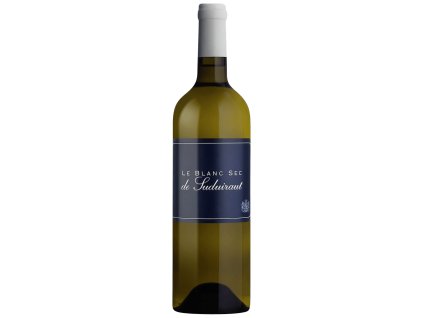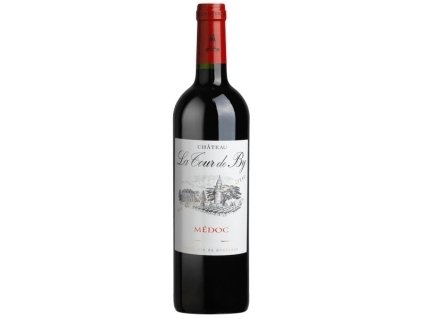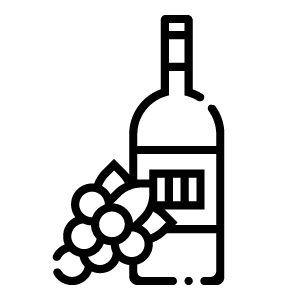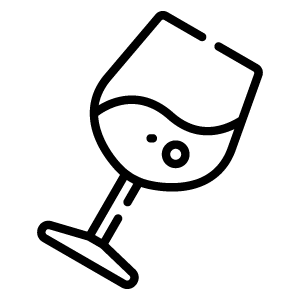2017
Product sorting
23 items total
List of products
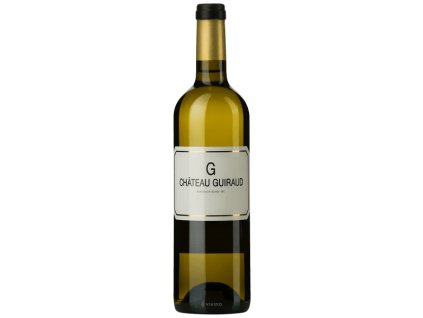
Tip
€19.67
G de Guiraud 2017 is a blend of Sauvignon Blanc and Semillon varieties, which ensures freshness and...
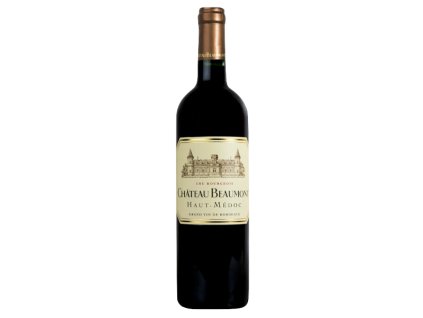
Tip
€22.82
Château Beaumont is generally one of the most popular cru bourgeois wines. One of the...


